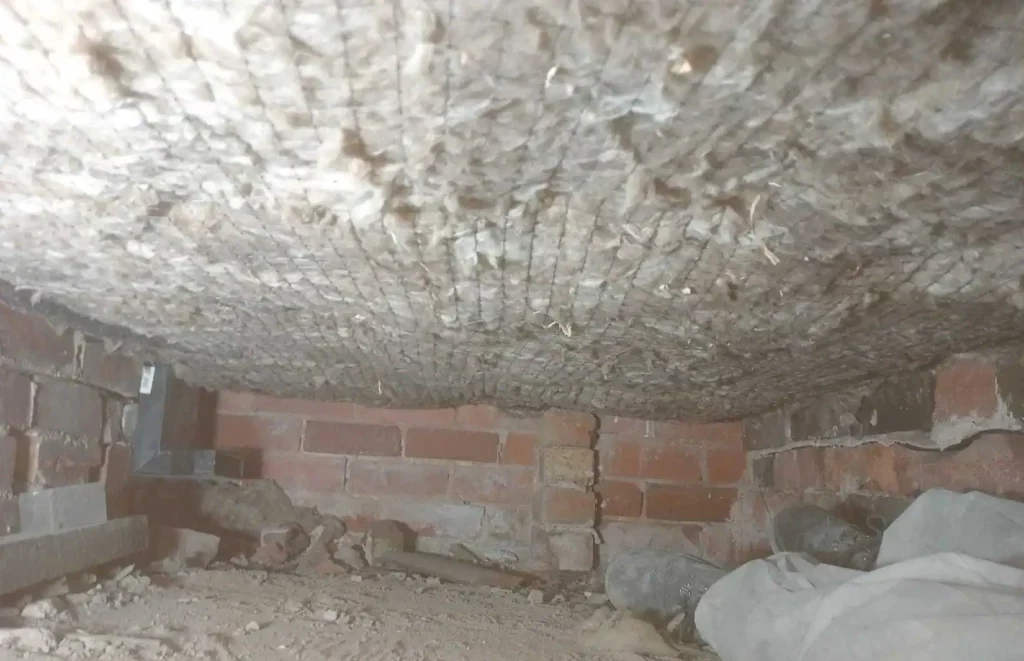UnderFloor Insulation Grant IN 2025
Underfloor Insulation Grant
Save Energy Bills

Benefits of Underfloor Insulation
- Underfloor insulation can save around £75 a year
- It reduces wall draughts
- Makes home cosy
Underfloor insulation is the best way to maintain a home warmer.
Most of the time, you’ll only require to insulate the floor. If you’re located on an upper floor, you’ll not require insulate the floor area.
But, you must think about insulation of floors over unheated areas, like garages, because you could be losing lots of heat through these.

It is necessary to insulation the underfloor to maintain the heat in the house because if not, 20% of the heat will be lost from the floors, as even if you have insulated you walls and loft, you can get underfloor insulation grant if you qualify the eligibility criteria.
Check whether your property eligible for underfloor insulation grants
ECO4 scheme is available for suspended timber floor.
Solid floors are not eligible for the grant.
If you have a cellar under your house or if there are ventilation bricks in your property then it shows that you have a suspended floor which needs to be insulated.
Ways to determine the suspended floor
- Check from the vents from the outside the property
- By lifting the carpet and underlay
- By hitting the floor which sounds different as compared to solid
- If you have basement, then you can check from there

Do I need to do underfloor insulation?
If your property is eligible for the grant then you should do underfloor insulation
You can reduce energy consumption by insulating floor
Your property worth will increase
You should have suspended floor rather than solid floor
Household income must be £31,000 or less
You must be homeowner if the property walls are cavity
You must be taking certain benefit
What are qualifying criteria for underfloor insulation grant?
Check your floor type
A solid concrete ground floor is common in many homes, especially new ones. It can be insulated if it is damaged or put on rigid insulation.
Suspended timber floors are more common in older homes. Suspended timber floors are most likely to be found if there are ventilation bricks or vents outside your home that are lower than floor level.
You should not block vents from your walls. These vents are necessary to ventilate your floor and prevent your floorboards from rotting.
You can take a look at the floor in a basement or underground area if you have one.
You will be able to see the wooden joists as well as the underside of wooden floorboards if the floor is suspended.
You will need to remove a corner of your carpet and underlay if you don’t have the space beneath your house.
Timber floor insulation can be done by inserting mineral wool between the joists with the help of the netting.
Insulating the floorboards of the ground floor can save around £ 75 per year for an average property or £ 130 for a detached home.

Concrete floors are insulated with rigid foam insulation that can be installed above or beneath the concrete.
If the insulation is under the concrete floor, then the floor store the heat during the day which keeps the room warmer at night.
If the concrete is under the insulation then the inner dwelling heats up rapidly in the morning.
It is possible to insulate your solid floor even if it doesn’t need replacing. The rigid insulation is used to insulate solid floor and then chipboards are placed over it. This can raise the floor’s level which is why you’ll have to ensure that doors are cut shorter to allow for the insulation.
The skirting boards as well as some electrical sockets might require to be relocated.
Fulfillment of building regulations
You will need to adhere to the local building regulations if you plan to add extra insulation to your floors.
Your installer will usually arrange for this, but it is your responsibility.
If you are in Wales or England, your floor should have a minimum U-value of 0.25W/m2K. The U-value measures how fast heat can travel through the floor.
This standard will require at least 70mm high-performance foam insulation or 150mm mineral wool.
However, this can vary depending on the floor type, shape, and size.
You must insulate to the standards if you plan to replace at least half of a floor.
